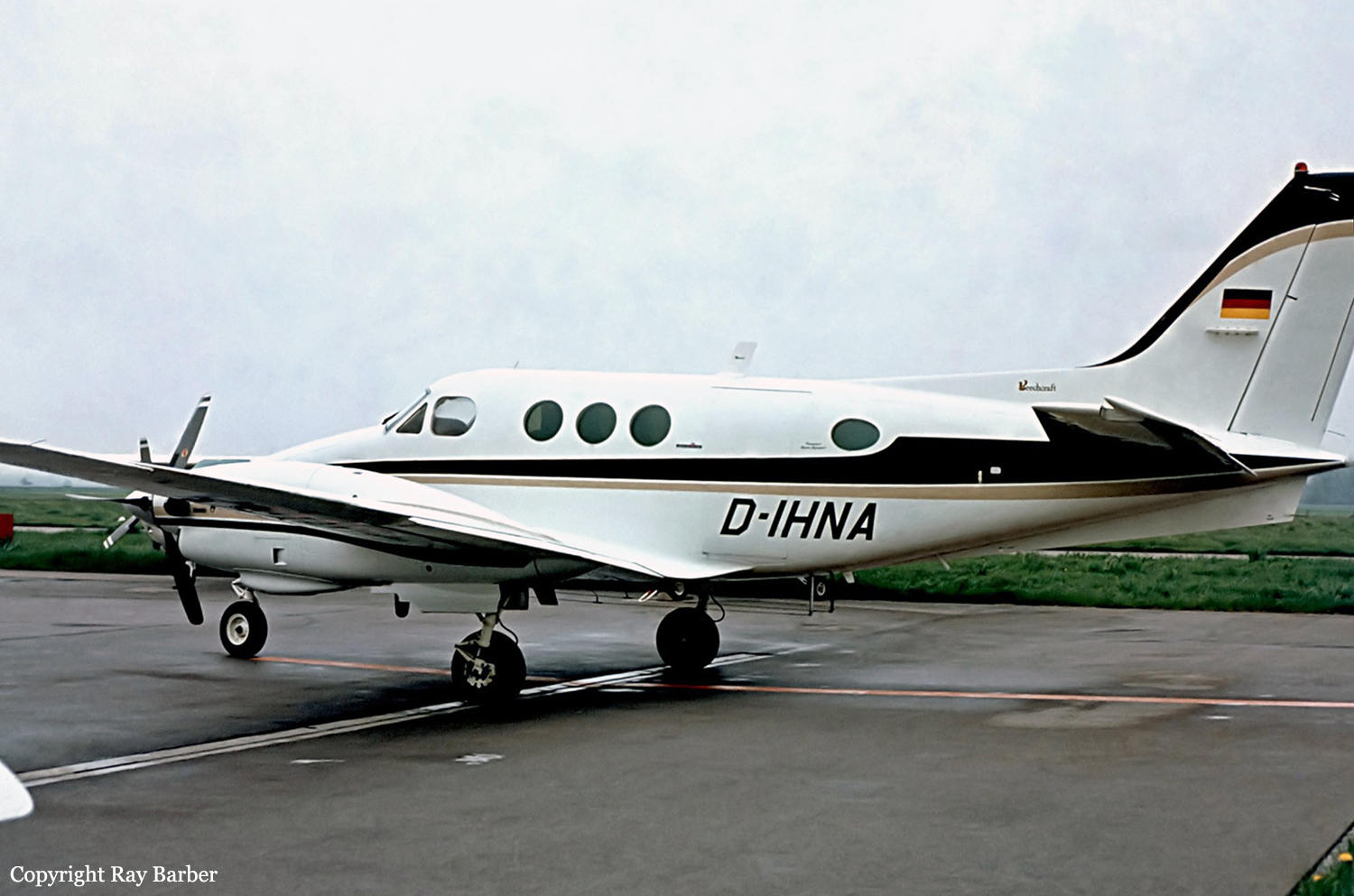Crash of a Beechcraft C90 King Air in Mindelheim: 1 killed
Date & Time:
May 27, 1994 at 0700 LT
Registration:
D-IHNA
Survivors:
No
Schedule:
Mindelheim - Berlin
MSN:
LJ-926
YOM:
1981
Crew on board:
1
Crew fatalities:
Pax on board:
0
Pax fatalities:
Other fatalities:
Total fatalities:
1
Circumstances:
Shortly after takeoff from Mindelheim-Mattsies Airport, while in initial climb, the pilot informed ATC about problems and elected to return. While completing a sharp turn to the right at a relative low altitude, the aircraft stalled and crashed in a field located less than 2 km from the airfield. The aircraft was destroyed and the pilot, sole on board, was killed. The aircraft was operated by Burkhart Grob Luft-und-Raumfahrt later renamed Grob Aerospace.
Probable cause:
It was determined that the fuel filler cap on the right fuel tank was missing and fuel was leaking, necessitating an emergency return. While completing a last turn to the right, the aircraft stalled because its speed was insufficient and the distance from the ground was too low to expect recovery.











